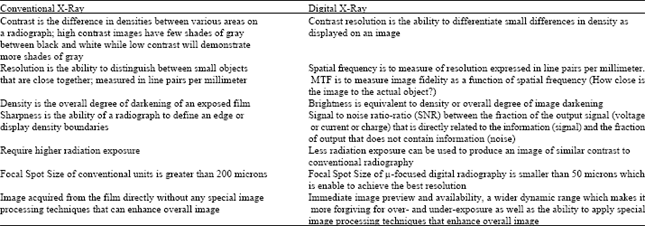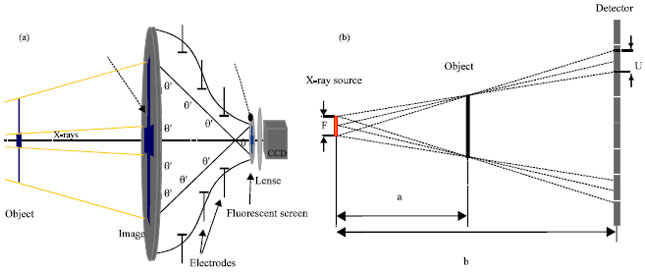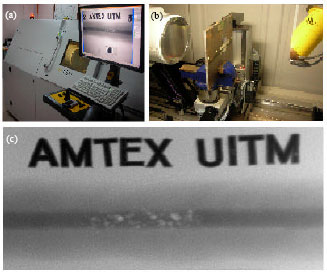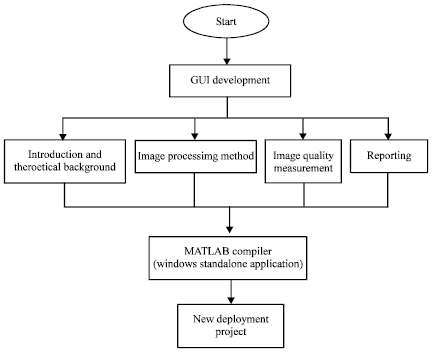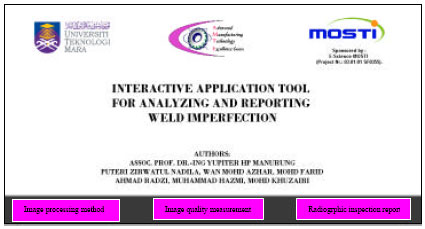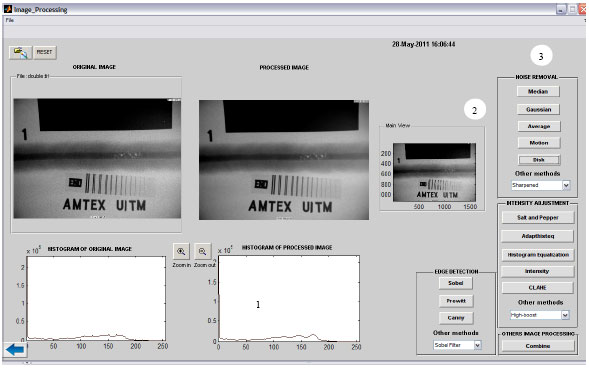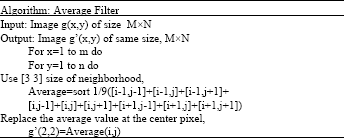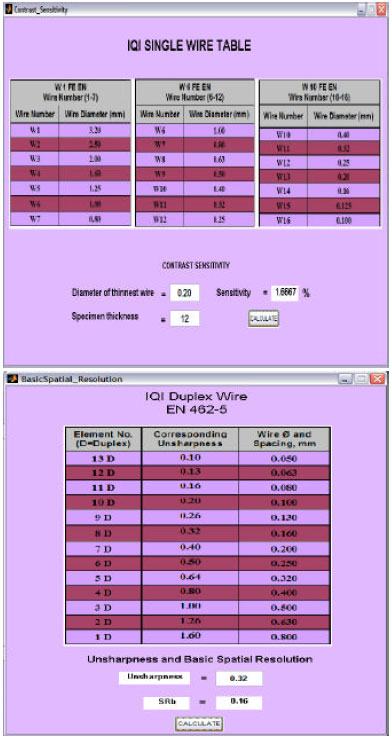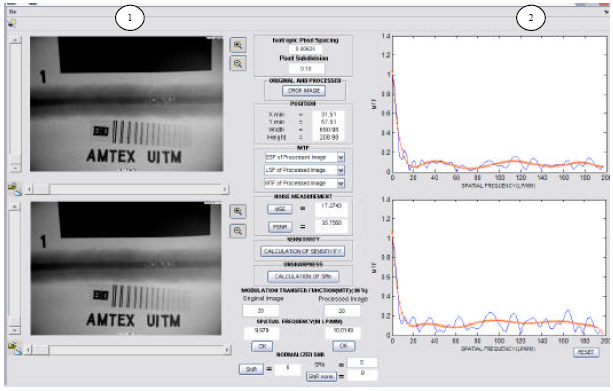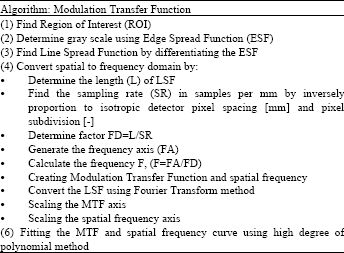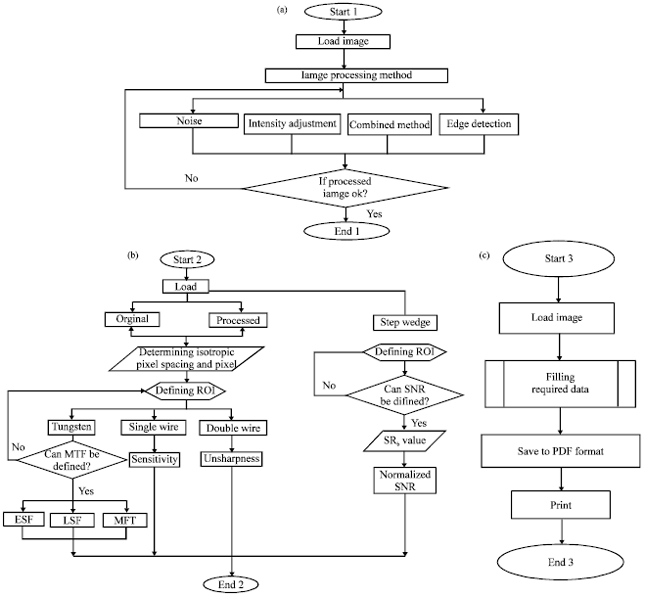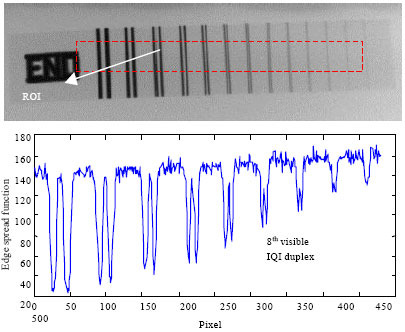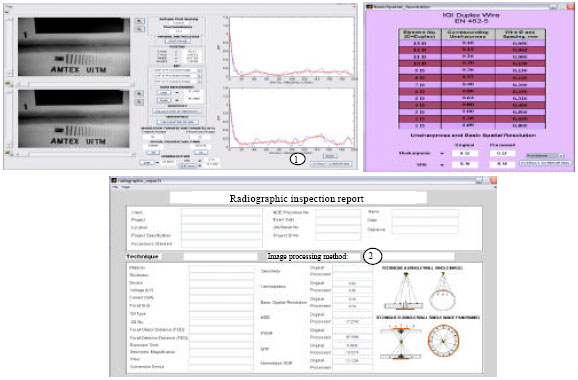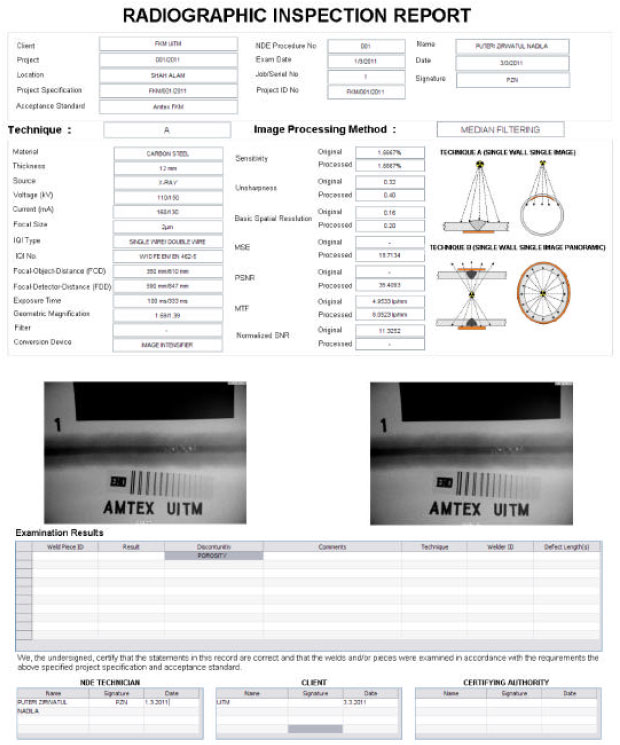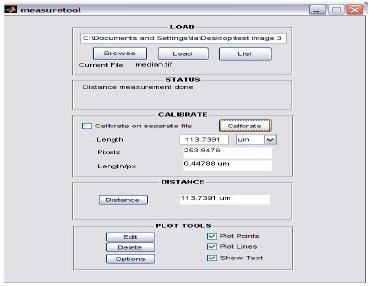Research Article
Development of Stand Alone Application Tool for Analyzing and Reporting Weld Imperfection Captured by μ-focussed Digital Radiography using MATLAB-based GUI
Faculty of Mechanical Engineering, Universiti Teknologi MARA, 40450 Shah Alam, Malaysia
M.Z. Puteri Zirwatul Nadila
Faculty of Mechanical Engineering, Universiti Teknologi MARA, 40450 Shah Alam, Malaysia
Suhaila Abd Halim
Faculty of Computer and Mathematical Sciences, Universiti Teknologi MARA, 40450 Shah Alam, Malaysia
Sunhaji Kiyai Abas
Faculty of Mechanical Engineering, Universiti Teknologi MARA, 40450 Shah Alam, Malaysia
Ghalib Tham
Faculty of Mechanical Engineering, Universiti Teknologi MARA, 40450 Shah Alam, Malaysia
Esa Haruman
Department of Industrial Engineering, Bakrie University, Jakarta, Indonesia
Zulfahmy Awaldin
ZL Technologies Sdn. Bhd. No. 32, Jln Nilam 1/1, Taman Teknologi Tinggi Subang, 40000 Shah Alam, Malaysia









